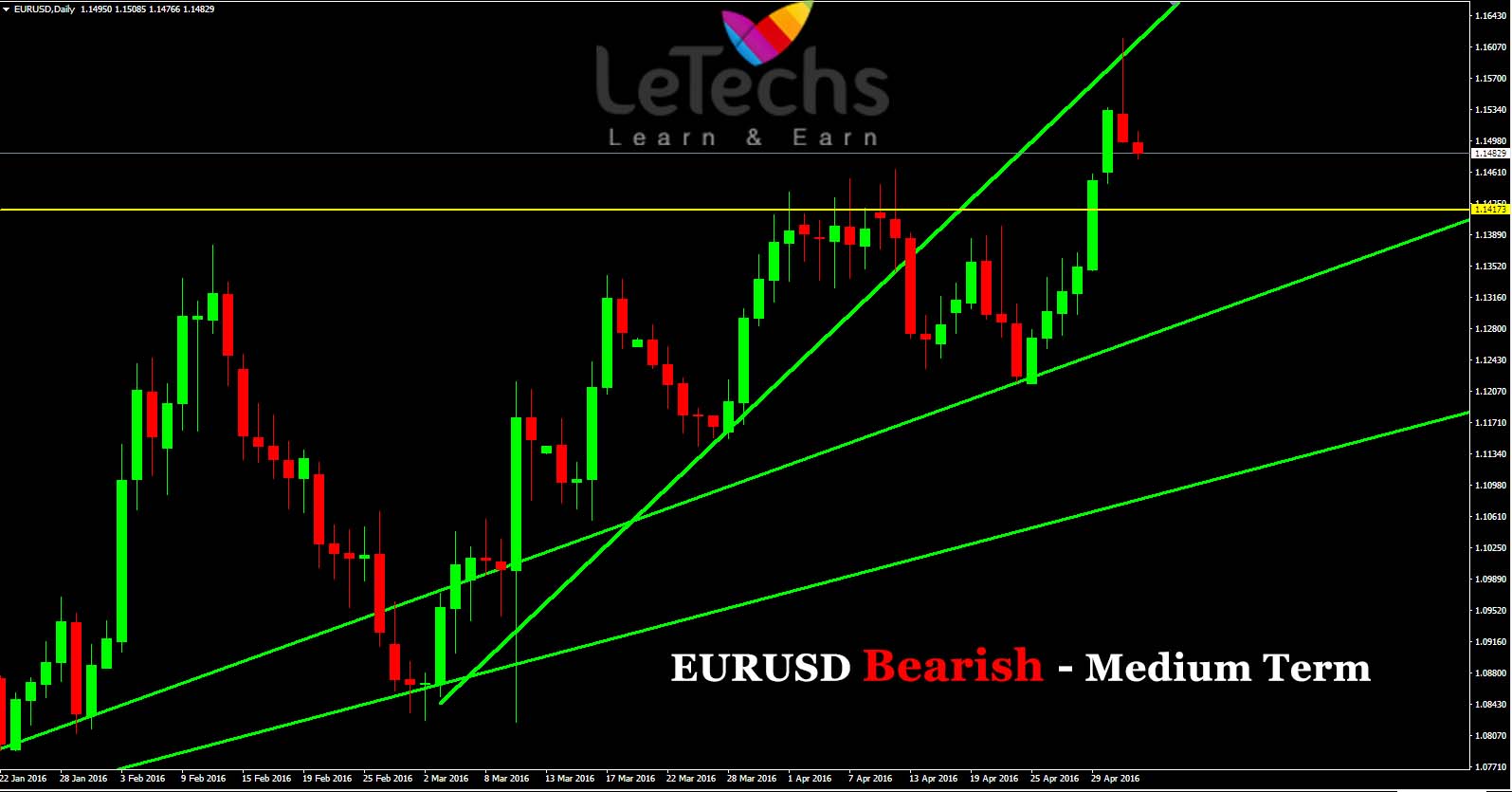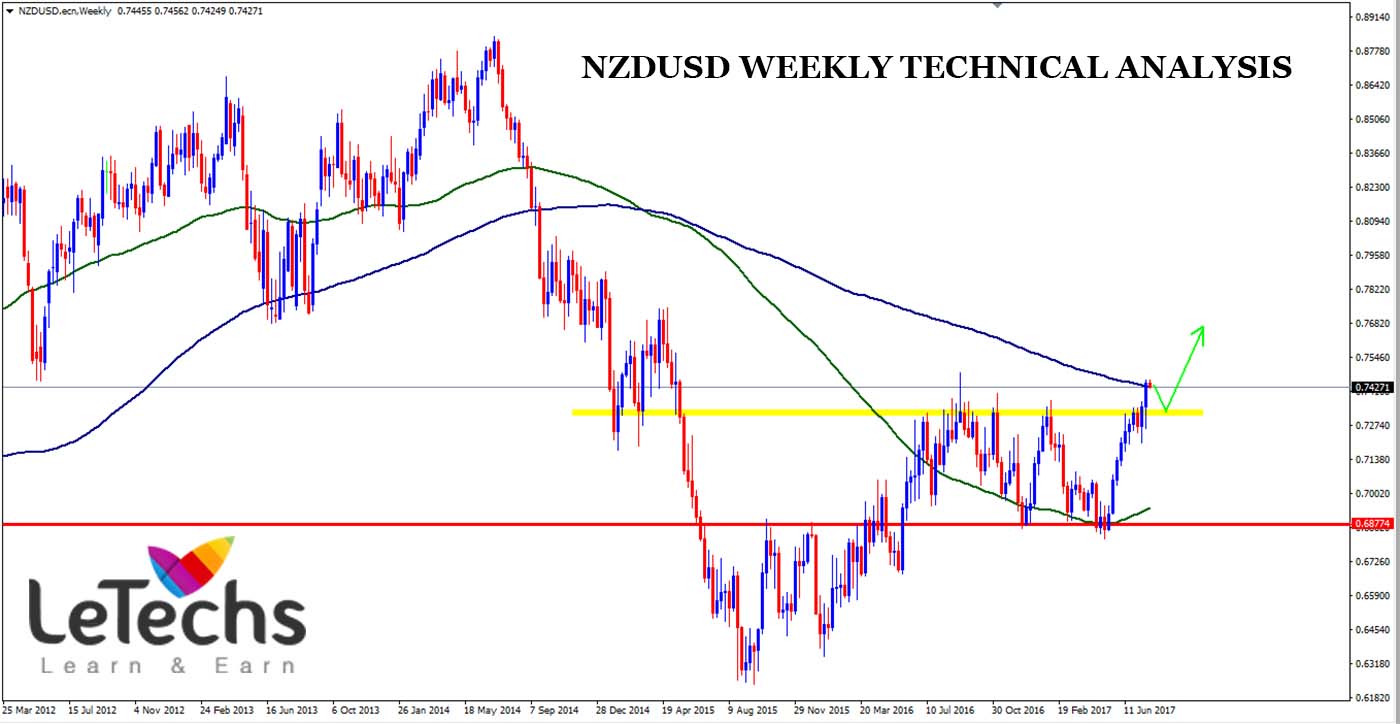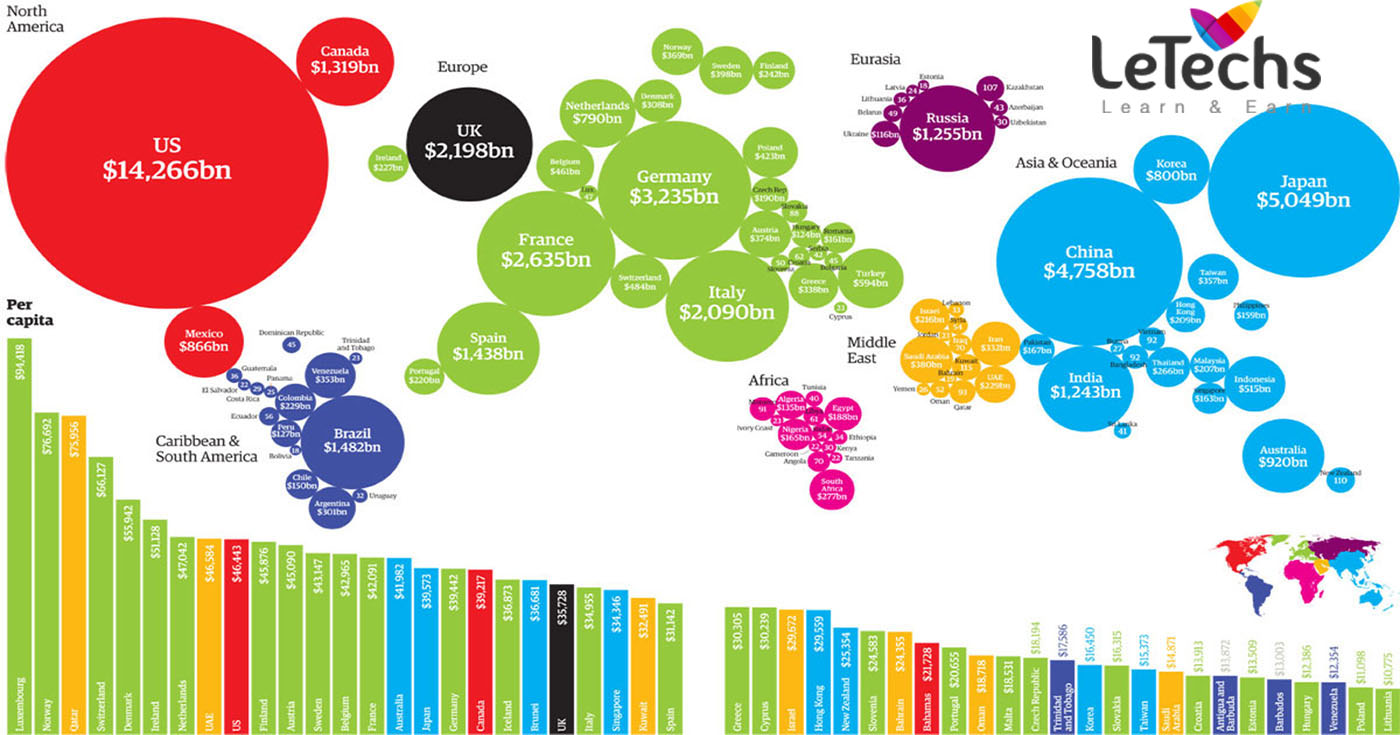23
Mar
UK- Credit Rating
Standard & Poor's credit rating for the UK stands at AAA. Moody's rating for the UK independent debt is AA1. Fitch's credit rating for the UK is AA+.
In common, a credit rating is used by self-governing wealth funds, pension funds & other investors to weigh the credit value of the UK thus having a huge impact on the country's borrowing costs.
UK- Government Budget
The UK is predictable to record a financial plan shortfall equal to 4.4% of GDP in 2015, corresponding to European Commission's winter 2016 Economic Forecast.
Government Budget in the UK averaged -3.95% of GDP since 1995 until 2014, getting an all-time high of 3.60 percent of GDP in 2000 and a record low of -11.40% of GDP in 2009. Government Budget in the UK is reported by the Euro statics.
Government Budget is an itemized accounting of the expenses acknowledged by the government (taxes & other fees) & the payments made by the government (purchases & transfer payments).
A budget shortage occurs when a government spends more currency than it takes in. The reverse of a budget shortfall is a budget excess.
UK- Government Budget Value
The UK recorded a government budget insufficiency of 24919 Million pound in January 2016.
Government Budget Value in the UK averaged 1661.14 Million pound since 1984 until 2016, touching an all-time high of 55027 Million pound in December 2008 & a record low of -36055 Million pound in January 2012.
The government budget sense of balance is the difference between government revenues & expenses. The budget is reasonable when to outlay identical to receipts.
UK- Public Sector Net Borrowing
Public sector net borrowing, as well as banks in the UK, posted an 11.81 billion pound excess in January 2016, wider than a 10.82 billion pound excess a past year. Without banks, public sector net borrowing recorded an 11.21 billion pound excess compared to 10.22 billion pounds last year & the largest excess since 2008.
January is regularly an excess month due to self-assessment tax receipts which this year went up by 0.2 billion pound to 12.4 billion pound.
Considering 10 months of 2015/2016 fiscal year, borrowing down under by 10.6 billion pounds to 66.5 billion pounds.
Public sector net debt without banks improved by 52.7 billion pounds to 1.582 billion pounds at the end of January 2016. This is corresponding to 82.8% of GDP.
Government Debt in the UK averaged -4116.23 Million pound since 1993 until 2016, getting an all time high of 13935 Million pound in January 2008 & a record low of -18780 Million pound in March 2009.
In the UK, net borrowing or net lending is the difference between the net gaining of financial assets & the net incurrence of liabilities.
UK- Government Spending
Government spending in the UK is improved to 91353 Million pound in the year end of 2015 since 90997 Million pound in the half-yearly of 2015.
Government Spending in the UK averaged 56716.42 Million pound since 1955 until 2015, getting an all time high of 91353 Million pound in the year end of 2015 & a record low of 31661 Million pound in the half-yearly of 1958.
Government Spending refers to public expenses on goods & services; it is a major component of the GDP.
Government spending policy like setting up the budget target, & adjusting taxation, public works, increasing public expenditure are very effective tools in the influence of economic growth.
UK- Services PMI
The CIPS UK Services PMI fell to 52.7 in February 2016 since 55.6 in January & much lower than the market opportunity of 55.1. It is the lowest figure from March 2013 as business activity, new work & job foundation slowed sharply while inflationary pressure remains pathetic.
Services PMI in the UK averaged 54.06 Index Points since 2007 until 2016, touching an all-time high of 62.50 Index Points in October 2013 & a record low of 40.10 Index Points in November 2008. Services PMI in the UK is reported by Markit/CIPS Economics.
The CIPS UK Services PMI (Purchasing Managers' Index) is based on data composed of companies in the transport & financial intermediation, computing, business services, communication sector, personal services, & IT, hotels & bars & restaurants.
The indicator track variables such as sales, inventories employment, prices. An analysis above 50 indicates that the service sector is generally expanding, below 50 indicates that it is generally on the way out.
UK- Manufacturing Production
Manufacturing production in the UK decreased by 0.1% annual in January 2016 following a 1.7% fall in the last month whereas beating market agreement of 0.7 percent drop.
The sub-sectors with the largest sliding role were:
-
Machinery & equipment (-6.5%);
-
Metal products (-3.5%);
-
Pharmaceutical products (-4.3%)
In dissimilarity, production of transport equipment grew 4.8 %. On a monthly basis manufacturing, output rose by a better-than-expected 0.7% after falling by 0.3% in December.
Manufacturing Production in the UK averaged 0.54% since 1969 until 2016, getting an all-time high of 19.60% in February 1973 & a record low of -17% in December 1980.
UK- Mining Production
Mining production in the UK decreased 1.10 percent in January of 2016 over the same month in the last year.
Mining Production in the UK averaged 0.71% since 1969 until 2016, touching an all-time high of 855.20% in February 1973 & a record low of -90.50% in February 1972.
Mining production measures the production of businesses working in the mining sector, including extraction of crude petroleum & natural gas mining of coal & lignite, other mining & quarrying plus mining support.
UK- Industrial Production
Industrial Production in the UK increased 0.20% in January 2016 above the similar month in the last year, rebound from a downwardly revised 0.2% fall in the last month & in line with market outlook.
Industrial Production in the UK averaged 0.81% since 1969 until 2016, getting an all-time high of 22.605 in February 1973 & a record low of -11.90% in December 1980.
In the UK, industrial production measures the productivity of businesses integrated into manufacturing sector of the economy such as manufacturing, mining, & utilities.
Currently based on 2011 GVA weights, the production sector represent 14.6% of the total UK economy.
UK- ZNew Economic Sentiment Index
Zew Economic Sentiment Index in the UK decreased to -11.60 in February since -0.10 in January 2016.
Zew Economic Sentiment Index in the UK averaged 5.20 since 1991 until 2016, touching an all-time high of 61 in July 1993 & a record low of -62.60 in October of 2008.
Zew Economic Sentiment Index in the UK is reported by the Centre for European Economic Research (ZEW).





























